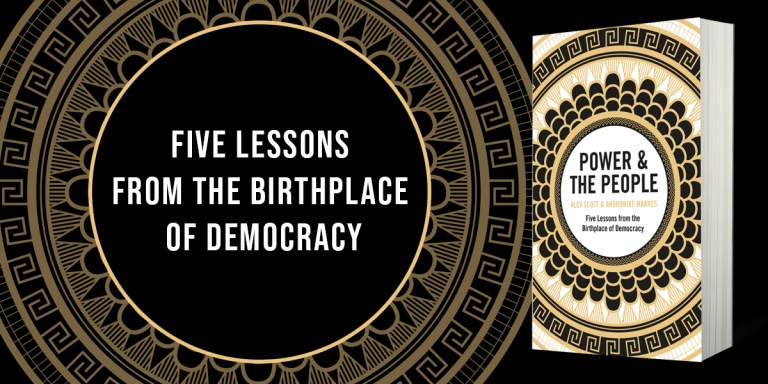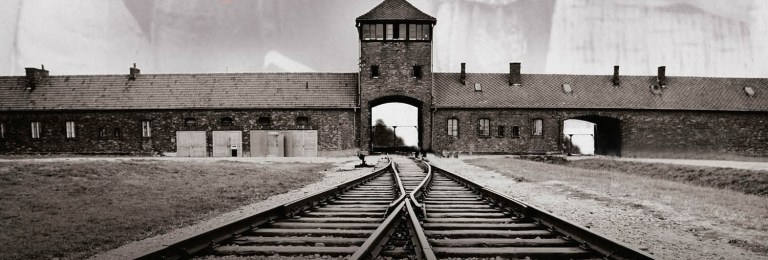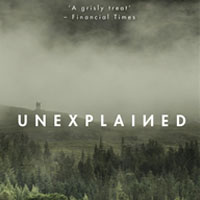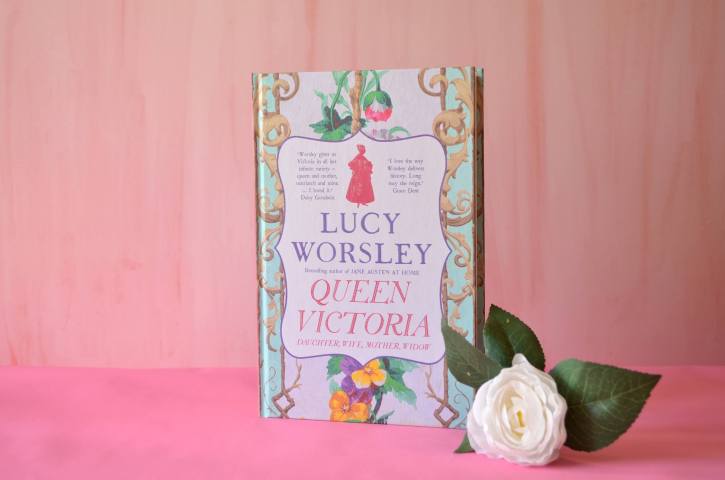‘What Hastings had heralded, the Harrying confirmed. The Normans were here to stay’ James Aitcheson on The Harrowing

This year marks the 950th anniversary of the Battle of Hastings, one of the best known events in British history. On 14 October 1066, English and Norman armies clashed at the site now occupied by Battle Abbey in East Sussex, in a fierce struggle for the English crown that ended in the death of the incumbent king, Harold Godwineson, and in victory for the invader, William of Normandy. Most people today, if asked what was the most significant event of the Norman Conquest, would probably name Hastings. But the famous battle was merely the opening engagement in a long and increasingly bitter struggle for control of England, as the Normans fought to consolidate their rule, to suppress native rebellions and to repel a full-scale Viking invasion.

The years immediately following 1066 are often overlooked, but their importance in shaping England’s destiny should not be underestimated. I’ve been exploring this period in fiction for a number of years, firstly in my Conquest Series featuring the Norman knight Tancred, and now in my latest novel The Harrowing, which centres upon five English refugees fleeing the devastation of their homeland by the invaders.
In the winter of 1070, a priest, a lady, her maidservant, a warrior and a poet band together for survival as they journey through a burnt and empty land. None of the refugees, however, is quite as innocent as he or she first seems: each is hiding a dark secret from their past. As they travel north in search of sanctuary with the rebellion’s last stand, one by one they confess their sins and their stories emerge.
Set over the course of just one week, the novel explores a particularly brutal episode of the Conquest known nowadays as the Harrying (or Harrowing) of the North, a ruthless scorched earth campaign in which William’s armies laid waste Yorkshire and the north-east of England in retribution for the rebellions against his rule. Entire villages were razed and their inhabitants put to the sword; livestock were slaughtered and stores of food were destroyed. As many as 100,000 people died of starvation in the months that followed, according to one chronicler. (To put that in perspective, the total population of England at the time was probably around 2.5 million.) Another source tells us that no village remained inhabited between York and Durham, and that the countryside was deserted and uncultivated for nine years. It’s not an easy or comfortable subject by any means – indeed it’s one of the worst atrocities ever to take place on British soil – but it’s a story that I’ve wanted to tell for a long time.
Whereas my previous novels with their martial protagonist have tended to centre upon the great battles and political struggles of the period, The Harrowing is much wider in scope, encompassing characters from all walks of life in a society undergoing cataclysmic change. The novel gives voice to those caught up in the struggle: civilians, for the most part, rather than soldiers; the powerless rather than the powerful; the dispossessed and the displaced. Within its pages there are many examples of barbarity, certainly, but there is also humanity, and as well as sorrow and suffering there are also reasons for hope.
The Harrowing builds upon what is now more than a decade’s worth of accumulated research into late Anglo-Saxon and Norman England: a rich and complex period that never ceases to fascinate me. Whether I’m in the University Library in Cambridge reading up on the latest research, or attending historical conferences, or speaking to re-enactors, or walking the ground that my characters would have trodden, I’m continually discovering new angles and unearthing new stories. History as a discipline does not stand still, and our knowledge and understanding is constantly evolving – even of events as significant and well-documented as the Norman Conquest. The Harrying of the North was, in many ways, the climax of the Conquest. By destroying the resources of the region so comprehensively, William ensured that any future would-be insurgents lacked the means to support themselves. His show of force demonstrated the punishment that awaited those who dared resist him, and at the same time definitively snuffed out any lingering hopes the rebels might have had of driving out the invaders. What Hastings had heralded, the Harrying confirmed. The Normans were here to stay.
James Aitcheson is a novelist and a graduate of Emmanuel College, Cambridge, where he studied History and became fascinated with late Anglo-Saxon England and the Norman Conquest. The Harrowing, his fourth novel, is available to buy now.
Liked this post? Then why not catch up on…
Five interesting facts you never knew about the Harrying of the North
Alison Weir reveals the story behind the cover: Katherine of Aragon, The True Queen







